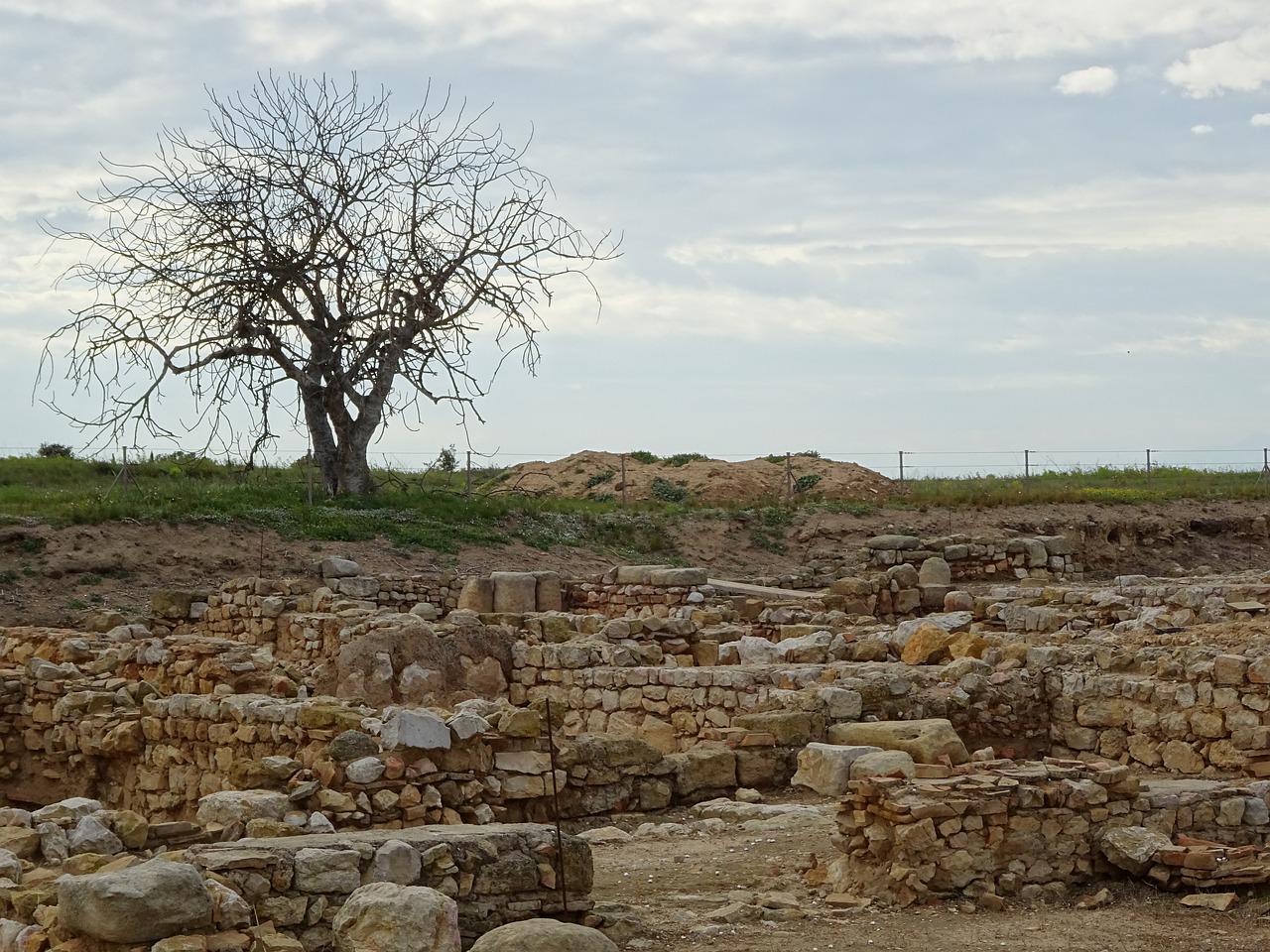The history of humanity is full of amazing discoveries, which allow us to take a fascinating glimpse into the distant past of our species. Recently, researchers made an exceptional discovery on the outskirts of Jerusalem, where they uncovered a settlement more than 10,000 years old and dating back to the Stone Age. This ancient site, which served as a trade and trading area for its inhabitants, is located just 5 kilometers from the capital of Israel and represents one of the country’s greatest archaeological finds.
Huge discovery
The team of archaeologists working on this exciting project are excited about what they consider to be one of the greatest discoveries in the Middle East. Team leader, archaeologist Lauren Davis, highlighted the importance of the excavation, saying: “It is the largest excavation of this period in the Middle East, which will allow research to advance beyond what we have today, just for the materials that we are able to discover.” Preservation and preservation of this archaeological site.”
A story that has evolved over centuries
The settlement, which dates back more than 10,000 years, has witnessed amazing development over time. At first it was relatively small, with an area of only about one acre (about 4,046.86 square metres). However, as the centuries passed, it expanded significantly, eventually encompassing an impressive 100 acres. As it grew, it also turned into an urban center, with buildings that played important ritual roles.
A game-changing discovery
Jacob Vardi, one of the researchers participating in the excavation, described the importance of this discovery, saying: “It is an archaeological site that will change the rules of the game, and will radically change what we know about the Neolithic Age.” This statement highlights how this archaeological discovery sheds new light on a crucial period in human history.
Read more:
Strange objects and interesting artifacts
During excavations in Jerusalem, archaeologists have found an impressive collection of artifacts and objects that reveal the customs and practices of the site’s ancient inhabitants. Among these pieces are bracelets and medals that bear witness to the rich culture and creativity of these ancient inhabitants. Surprisingly, many of these objects were made of an unknown type of stone.
In addition, artifacts made of volcanic rocks from Asia Minor and shells from the Mediterranean have been found. These findings indicate that the settlement did indeed maintain exchange and trade relations with other regions, highlighting its importance as a center of exchange in the Stone Age.
Daily life revealed
The excavations also revealed aspects of the daily life of these ancient inhabitants. Parts of arrows and various hunting tools such as axes and spears were discovered. These artifacts indicate that the community had exceptional hunting skills and likely relied on hunting and gathering for survival.
However, as the settlement expanded, it also began to house agricultural activities. Wheat, beans and barley were grown on the site, while pigs, cows and goats were raised. This diversity of livelihoods indicates an advanced society that adapts to changes in its environment and way of life.
A window to the past
The discovery of this settlement in the Jerusalem area provides us with a unique window into humanity’s distant past. It helps us understand how societies evolved and adapted over thousands of years, as humans moved from nomadic hunter-gatherers to agricultural and urban societies.
This archaeological discovery not only allows us to reconstruct the history of these ancient populations, but also challenges us to rethink our preconceptions about the Stone Age and the complexity of prehistoric societies.
The discovery of a prehistoric settlement near Jerusalem is a remarkable achievement for archaeology and our understanding of human history. It shows us that long before Stonehenge or the Egyptian pyramids were built, ancient populations were already building complex societies and engaging in trade exchanges.
This discovery also reminds us of the importance of archaeological research and preservation of archaeological sites. Each excavation gives us the opportunity to delve into the past, uncover the secrets of our ancestors, and expand our knowledge of the history of human civilization.

“Music fanatic. Professional problem solver. Reader. Award-winning tv ninja.”







More Stories
Couple retakes glacier photo after 15 years, surprised by changes: ‘It made me cry’
Two killed in hotel collapse in Germany – DW – 07/08/2024
Lula speaks for half an hour on phone with Biden about Venezuela’s electoral impasse | Politics